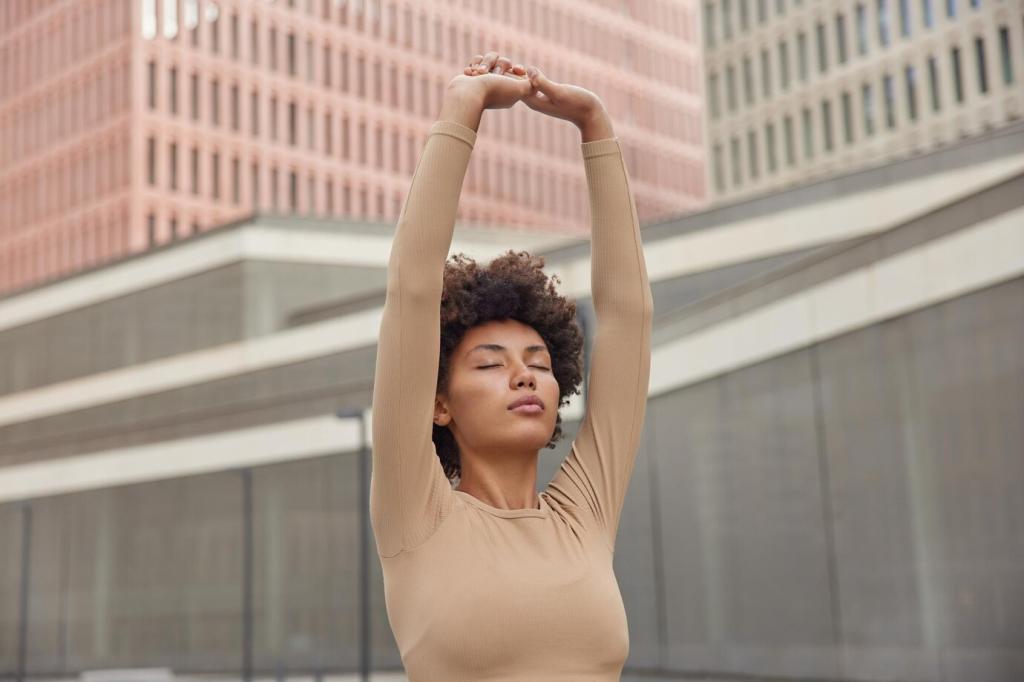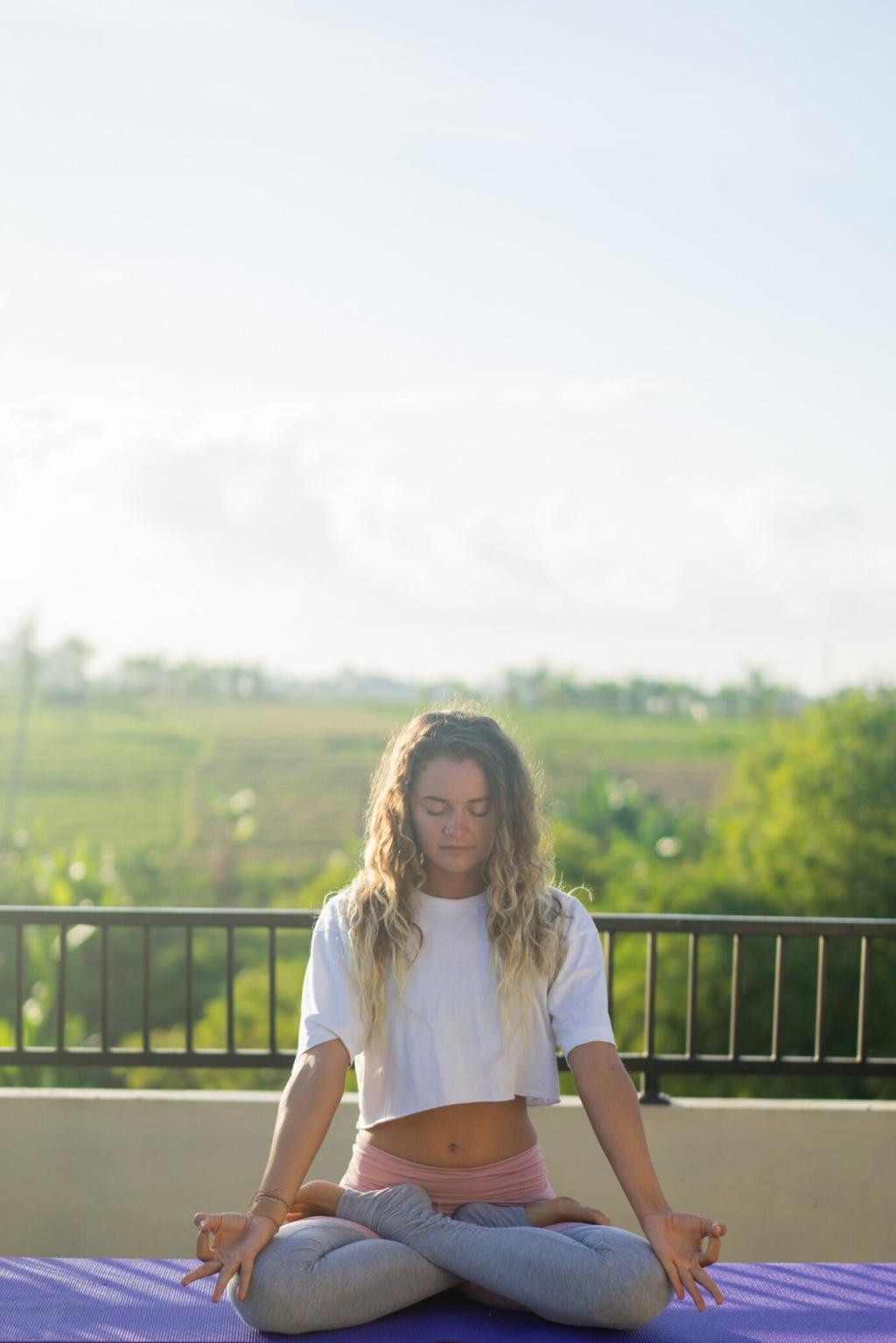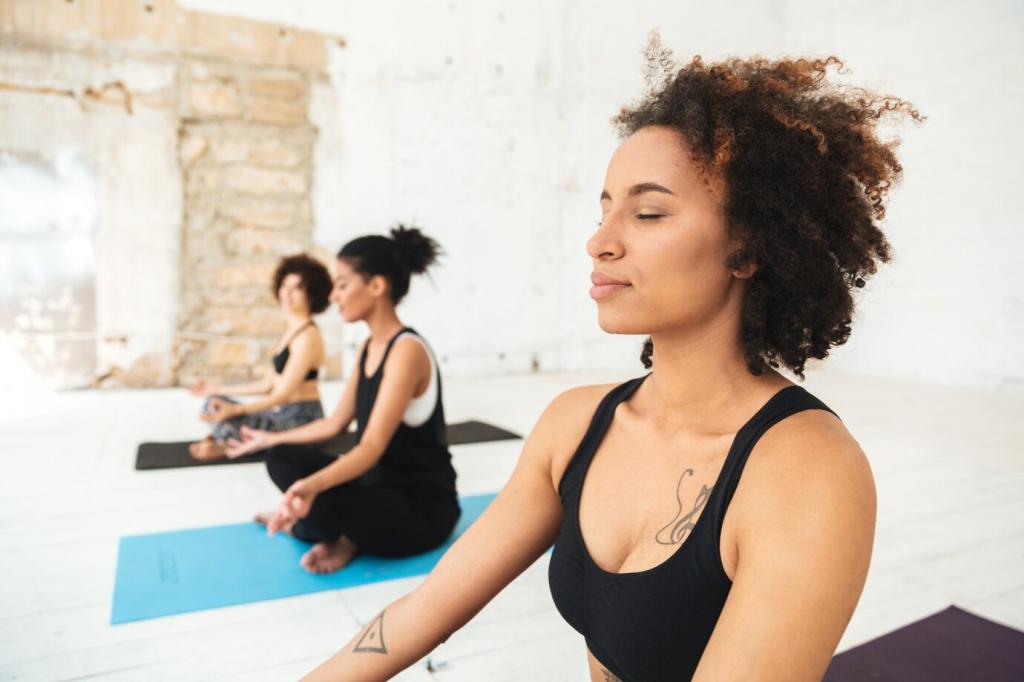Mindfulness in Motion: Moving Meditation on the Mat
Move deliberately, one inhale or exhale per transition. Feel palms press, heels root, and the spine arc with breath. By slowing down, subtle sensations emerge—heat, stretch, and space. Share your experience in the comments: does a mellow pace change your concentration and mood afterward?
Mindfulness in Motion: Moving Meditation on the Mat
Step heel-to-toe at a gentle pace, noticing weight shift, foot texture, and balance. Try it between standing sequences to reset. This simple technique brings quiet to busy studios and home spaces alike, teaching that meditation can live in every step, not only seated stillness.



